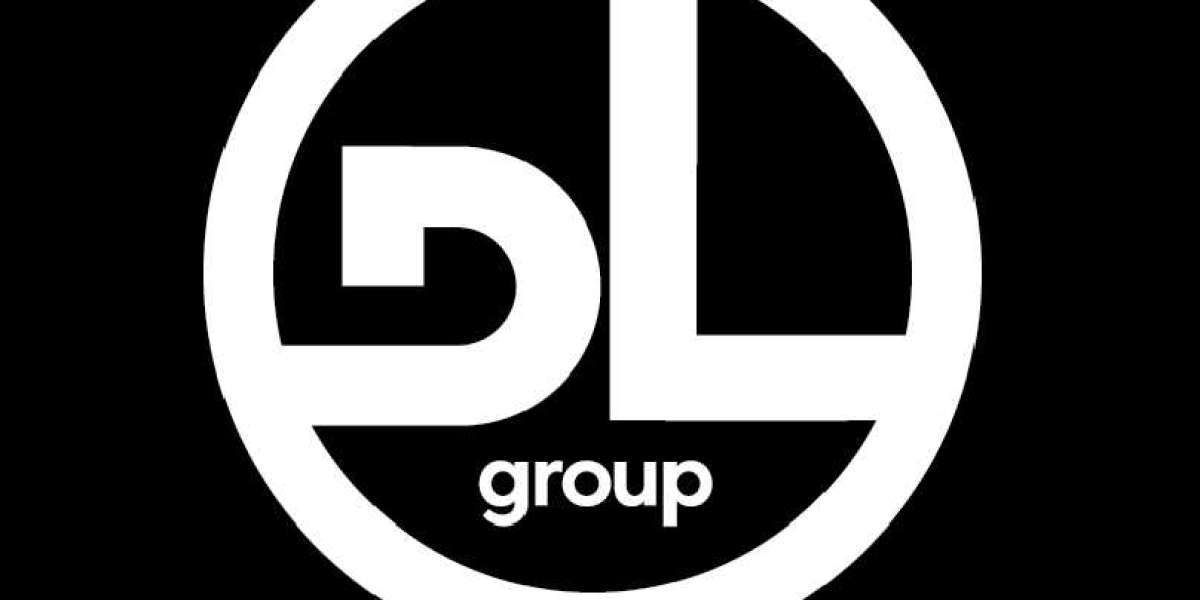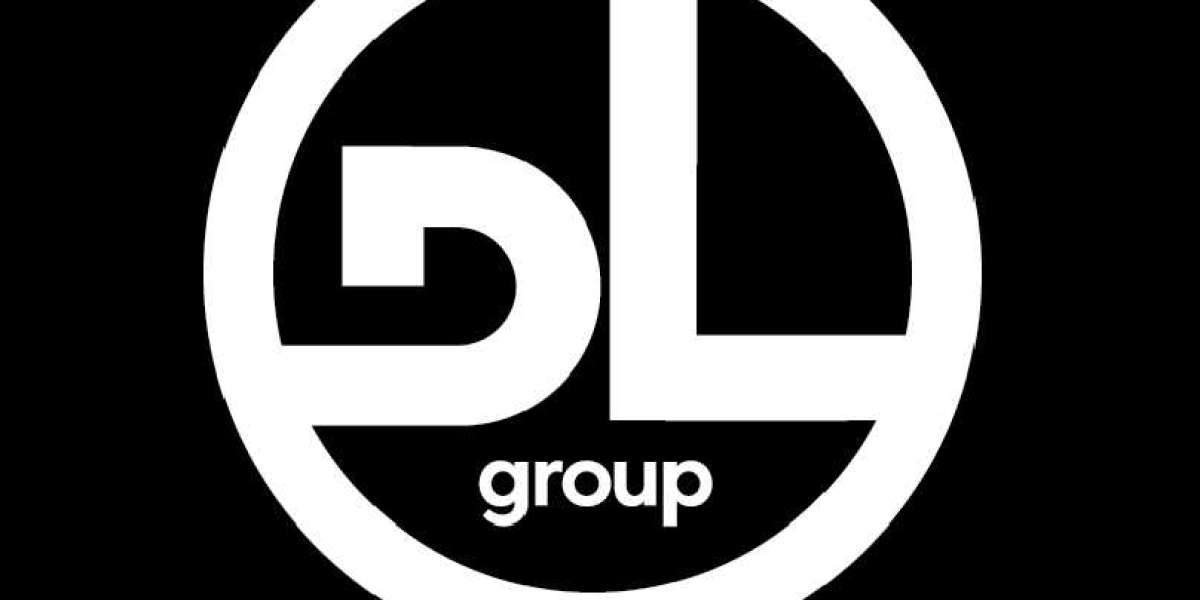Coffee beans are roasted to bring about the right balance between the acidity and sweetness of the beans. In other words, the process of roasting the coffee beans brings out their inner characteristics and flavor. The level to which a coffee is roasted pretty much decides how the coffee will taste upon brewing. For instance, coffee beans that undergo light roasting usually have a light bodied and sweet tasting brew; whereas, a full bodied coffee with a chocolaty flavor is dark roasted.
Roasting coffee beans effects certain physical and chemical changes in the beans. These changes include the loss of moisture, caramelizing, change of color and expansion of the coffee beans. As the beans start to lose moisture and expand, they make a popping sound, which is termed as a “crack” in the coffee industry.
There are three basic levels of roasting as far as coffee beans are concerned. The Light Roast as mentioned before is used to derive a milder coffee, often sweet tasting. Then comes the Medium Roast that is the most commonly used roasting level for coffee beans. Here, roasted coffee beans are done at the second crack. The next and last level of roasting coffee beans is known as Dark Roasting where beans are roasted till they appear oily on the surface; which happens well beyond the second crack. Such roasting generally gives a very full bodied and strong brew.
Apart from the levels of Roasting, there are three main methods of
coffee bean roasting. One is an art, the second a science while the third is a combination of art and science.
Art Roasting is that technique of coffee roasting which has to be mastered through years and years of practice. Here the roast master can tell if a coffee is roasted to perfection simply by using his senses of sound, sight and smell. On the other hand, Science Roasting is where the roast master decides if a coffee is ready based on scientific data. Here the roast master looks at various data including time and temperature in order to ensure that there is uniformity of color among the different batches of roasted coffee beans. The third technique for roasting coffee beans is a fusion of both art as well as science. It is generally used for mass producing coffee beans.
Once the coffee beans are roasted, another process known as “cupping” is undertaken to ascertain the quality of the roasted beans. Here the coffee is tasted in a similar manner to tasting tea.
In this process, roasted coffee bean samples are extracted and measured in different cups. After that coffee beans from each cup are ground separately and then steeped in boiling water. Upon doing this the coffee grounds rise to the top and trap the aroma underneath. The cupper then removes the coffee grounds and smells the aroma. Last, the coffee is tasted and graded on various characteristics such as flavor, body, aroma, acidity and any defects in taste.
This step concludes the coffee bean roasting process, after which it is up to you, the coffee consumer to decide which type of roasted coffee beans suit your palate the best.








